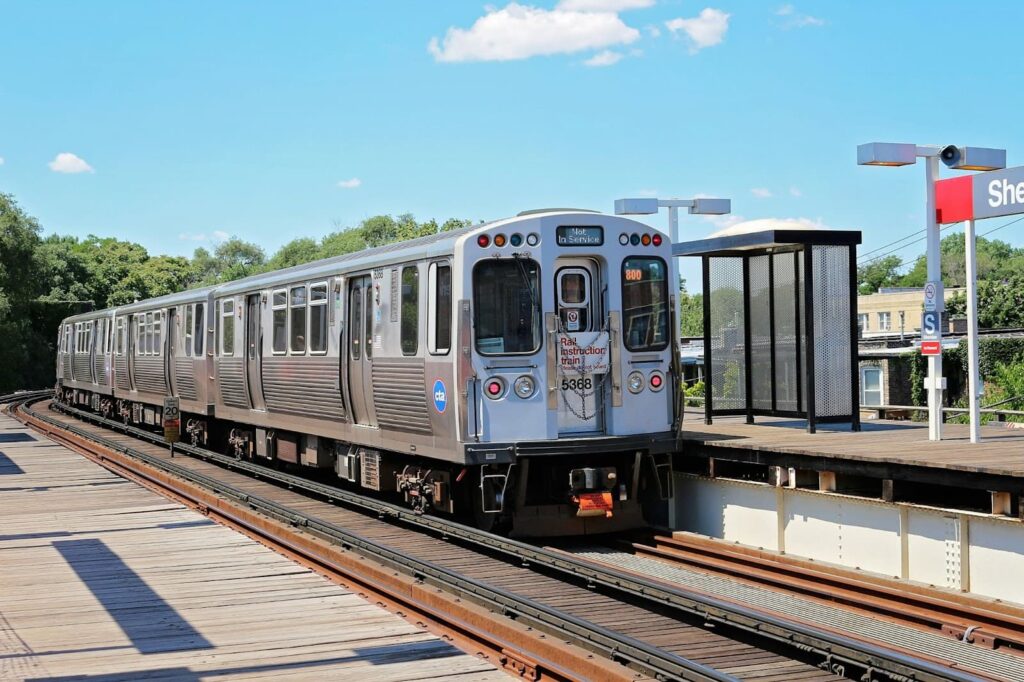Train travel is one of the most comfortable, scenic, and sustainable ways to explore a country—whether you’re riding a high-speed bullet train across Europe, cruising through the countryside in Japan, or hopping on an Amtrak route in the U.S. But like any form of travel, a smooth train journey requires a bit of planning and know-how.
To help you get the most out of your rail experience, here’s a guide to the best practices for train travel, packed with practical tips, essential etiquette, and helpful advice for both first-time and seasoned travelers.
Train travel is a great option, private bus hire by Bus-EU is an excellent way for group journeys, especially when flexibility and privacy matter. With a private coach, you can travel together on your own schedule, stop at scenic spots, and enjoy a more customized and cost-effective experience. It’s ideal for families, tour groups, and events where shared travel makes the trip more enjoyable.
1. Plan Ahead, But Stay Flexible
Unlike air travel, many train journeys don’t require weeks of advance booking, but that doesn’t mean you should wing it.
✅ What to Do:
- Book tickets in advance for high-speed or international routes, especially in Europe (like Eurostar, TGV, or ICE).
- Use trusted platforms like Trainline, Omio, or national rail websites to compare prices and schedules.
- Check if seat reservations are required—some trains require a specific seat, while others let you sit anywhere.
💡 Pro Tip: For scenic journeys or peak seasons, choose a window seat and travel off-peak for a quieter, more enjoyable ride.
2. Pack Smart and Light
Train carriages have limited luggage space, especially in overhead racks and vestibule areas. Unlike airlines, there’s usually no formal weight check, but bulky bags can be a hassle.
🎒 Packing Best Practices:
- Use a backpack or soft-sided bag that’s easy to carry and store.
- Keep essentials (passport, wallet, charger, snacks) in a small day bag.
- Avoid overpacking—mobility matters, especially on older trains without elevators or escalators.
💡 Pro Tip: Trains often stop briefly at stations. If you need to move your luggage, do it quickly and efficiently.
3. Know Your Train and Platform Details
Train travel is efficient—but it doesn’t wait. Arriving just in time could mean missing your train, especially in countries known for punctuality (looking at you, Switzerland and Japan).
🚉 Be Prepared By:
- Checking your departure platform and carriage number (especially for assigned seating).
- Arriving at least 20–30 minutes early, particularly at large or international stations.
- Watching platform screens and announcements—changes happen quickly.
💡 Pro Tip: On long platforms, carriages are often labeled (e.g., “Coach B”), so look for carriage position signs to avoid running.
4. Respect Train Etiquette
Train travel is a shared experience, and good etiquette ensures a comfortable ride for everyone.
🤝 Train Etiquette 101:
- Keep noise to a minimum—use headphones, speak quietly, and avoid loud phone calls.
- Don’t occupy extra seats with bags when trains are busy.
- If in a quiet car, avoid phone use altogether.
- Always give up accessible seating to those who need it.
💡 Pro Tip: Bring a light snack or drink—but avoid anything smelly or messy. Many trains have dining cars or trolley service anyway.
5. Take Advantage of Onboard Amenities
Modern trains often include Wi-Fi, power outlets, restrooms, and food services—so make use of them!
🛠️ Features to Look For:
- Wi-Fi: Not always reliable in tunnels or remote areas—download offline maps or entertainment beforehand.
- Charging ports: Usually located under seats or near windows—bring your own adapter if traveling internationally.
- Dining options: Long-distance trains often have a café car or at-seat service—check menus online in advance.
💡 Pro Tip: Bring a reusable water bottle. Some trains have water stations, and it saves you from buying plastic bottles on board.
6. Embrace the Journey (Not Just the Destination)
One of the best parts of train travel is the journey itself. Unlike flying or driving, the train allows you to relax, enjoy the scenery, and travel at a human pace.
🌄 Make the Most of It:
- Sit by the window for panoramic views—especially on routes like the Glacier Express (Switzerland), Flam Railway (Norway), or Coast Starlight (USA).
- Bring a book, journal, or camera to capture the moments.
- Chat with locals or fellow travelers—train rides are surprisingly social spaces.
💡 Pro Tip: For overnight trains, bring earplugs, an eye mask, and a light blanket to make your sleeper experience more comfortable.

7. Use Rail Passes Wisely
If you’re planning to take multiple train trips in a region, a rail pass might save you money and time.
🎫 Popular Rail Passes:
- Eurail / Interrail Pass: Flexible travel across Europe, with options from 3 days to 3 months.
- Japan Rail Pass: Excellent value for exploring Japan’s bullet train network.
- Amtrak USA Rail Pass: Unlimited travel for 10 segments over 30 days.
💡 Watch Out: Some passes still require seat reservations, so plan ahead when using them.
Final Thoughts: Travel by Train with Confidence
Train travel is more than just getting from A to B—it’s a comfortable, scenic, and often romantic way to see the world. With a little planning and awareness, your train journey can be one of the most relaxing and memorable parts of your trip.
Whether you’re crossing countries or commuting between cities, following these best practices ensures you arrive on time, stress-free, and ready to enjoy the destination.
🚆 All aboard! Your next great journey might just begin on rails.